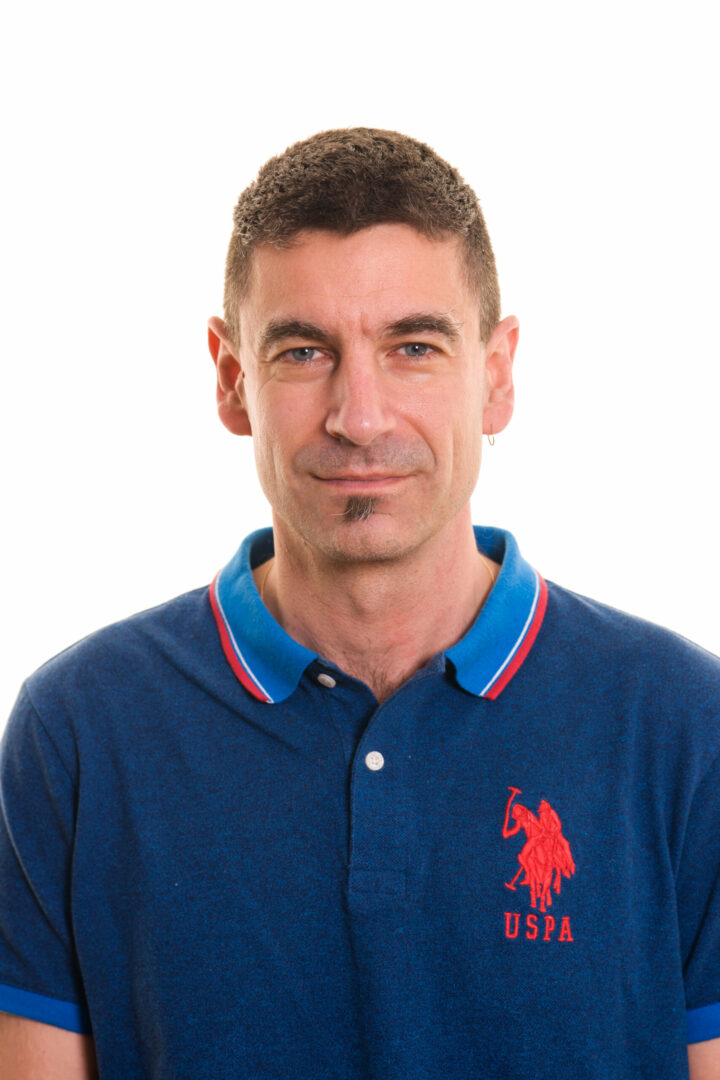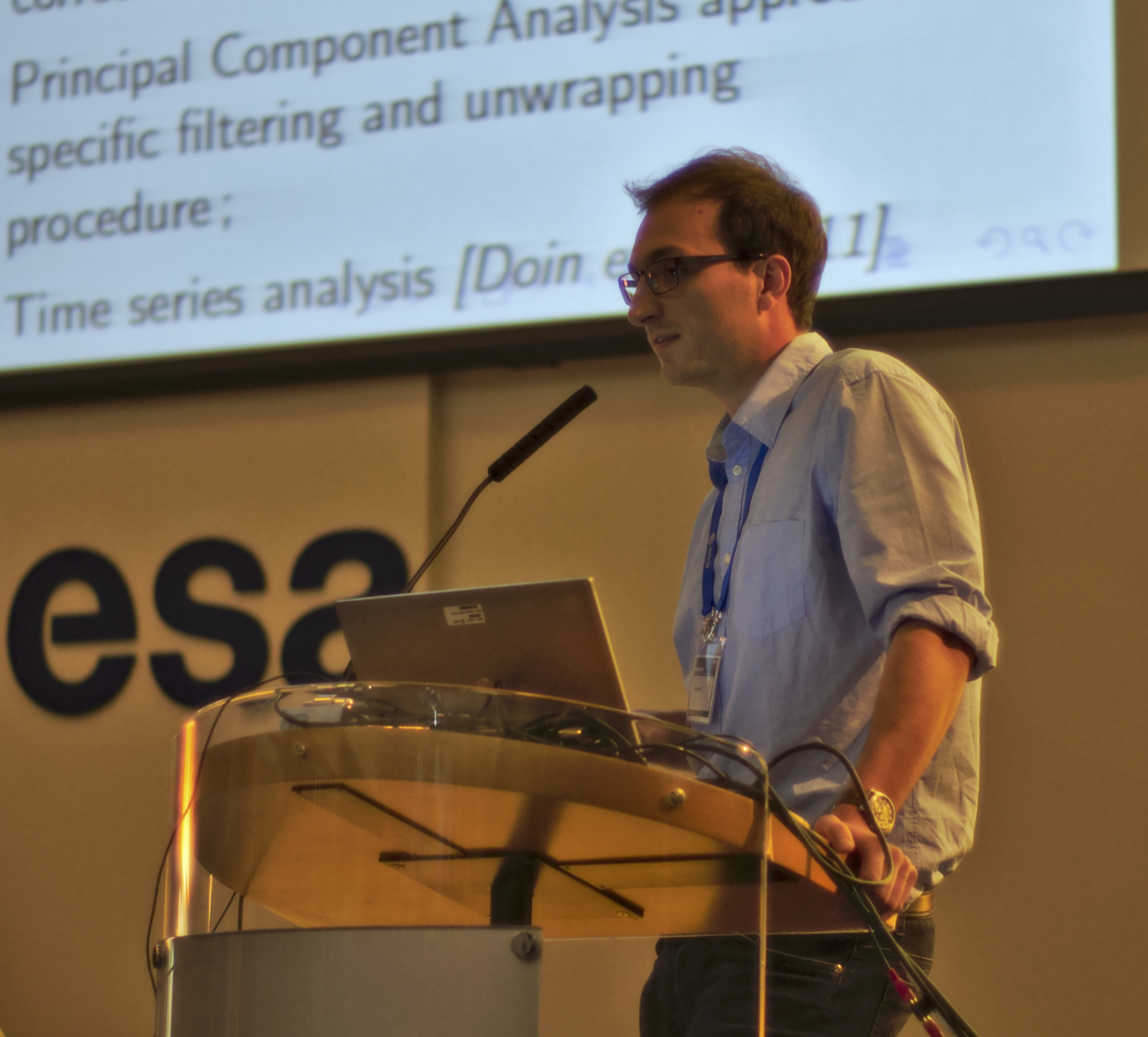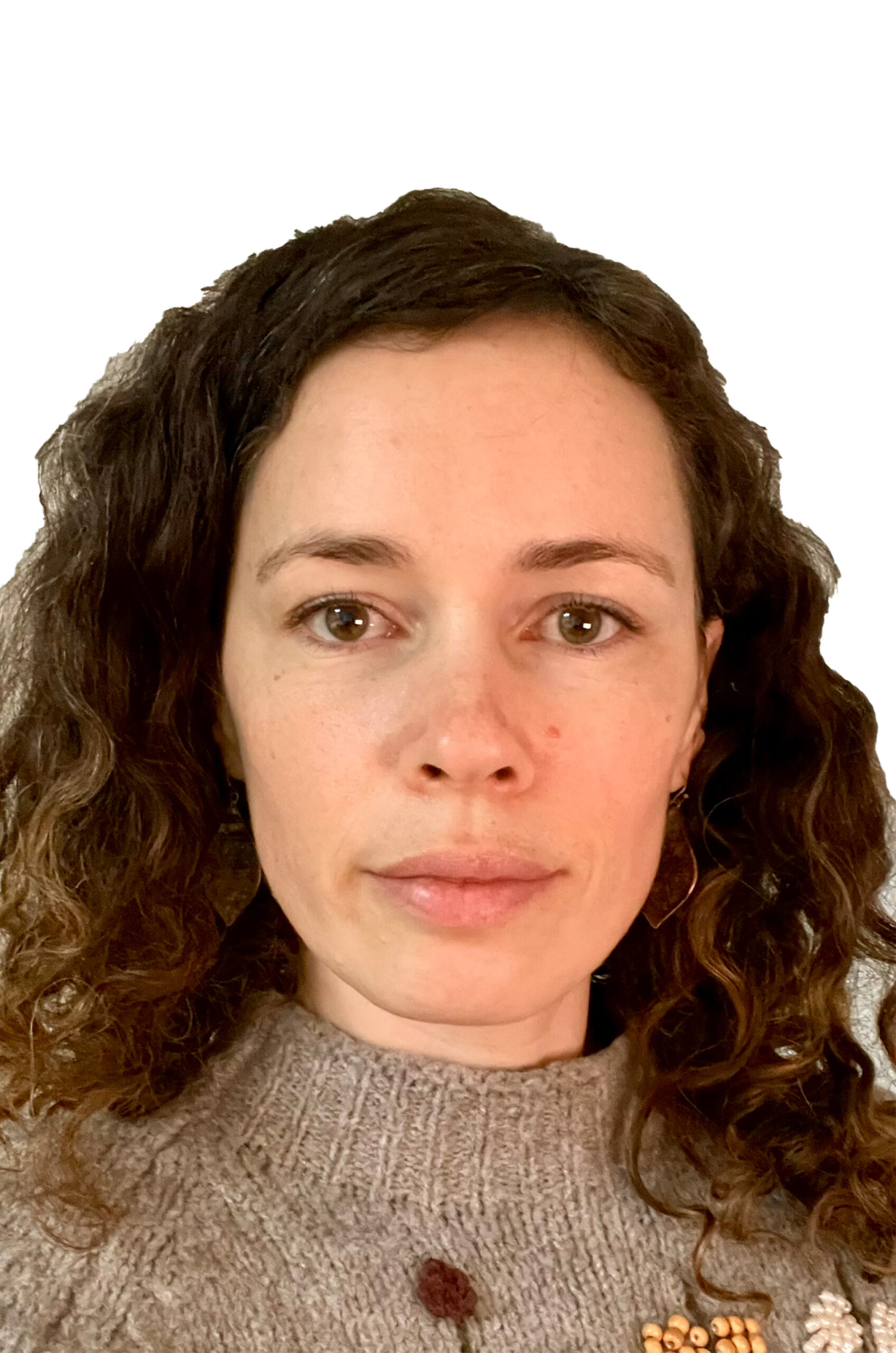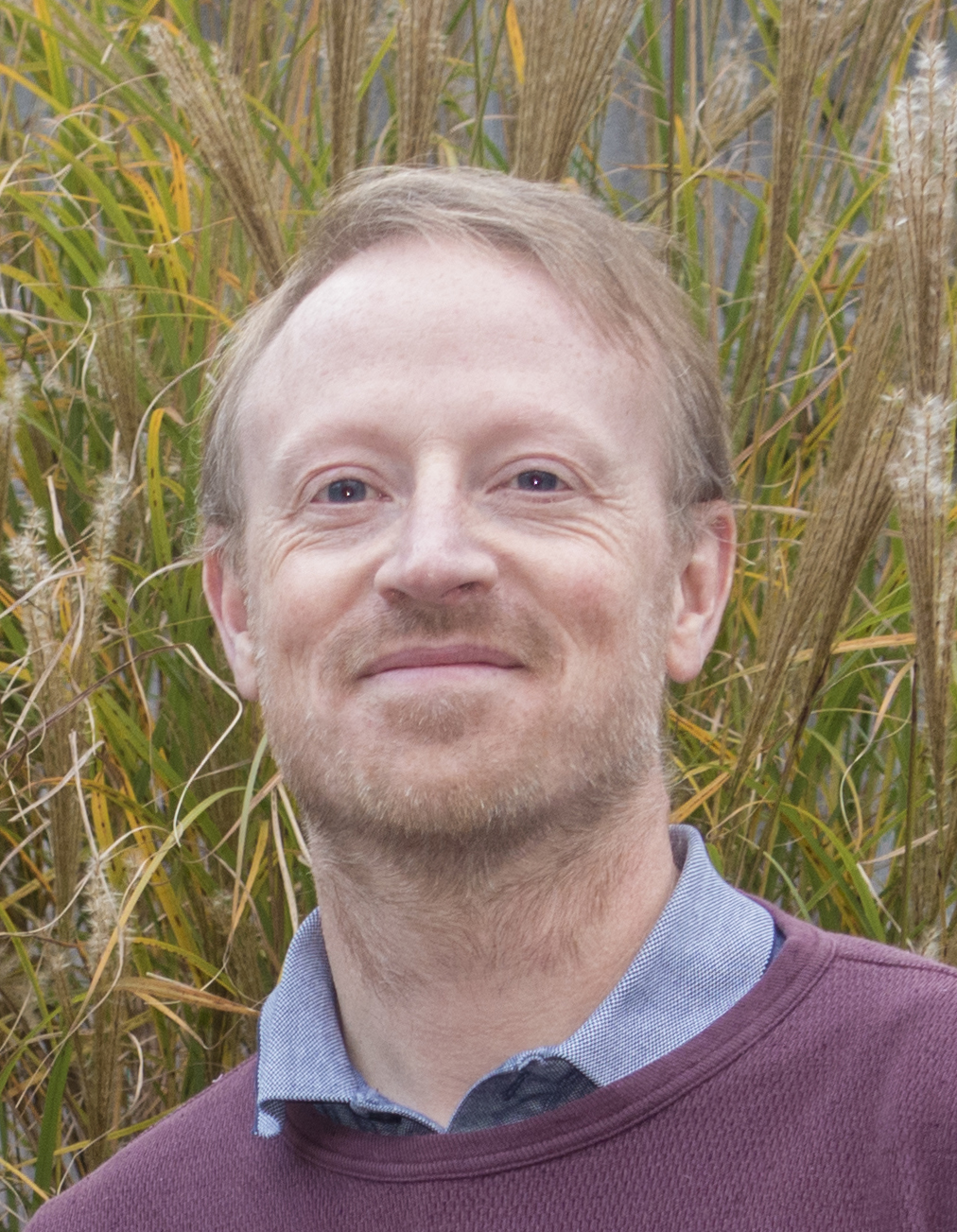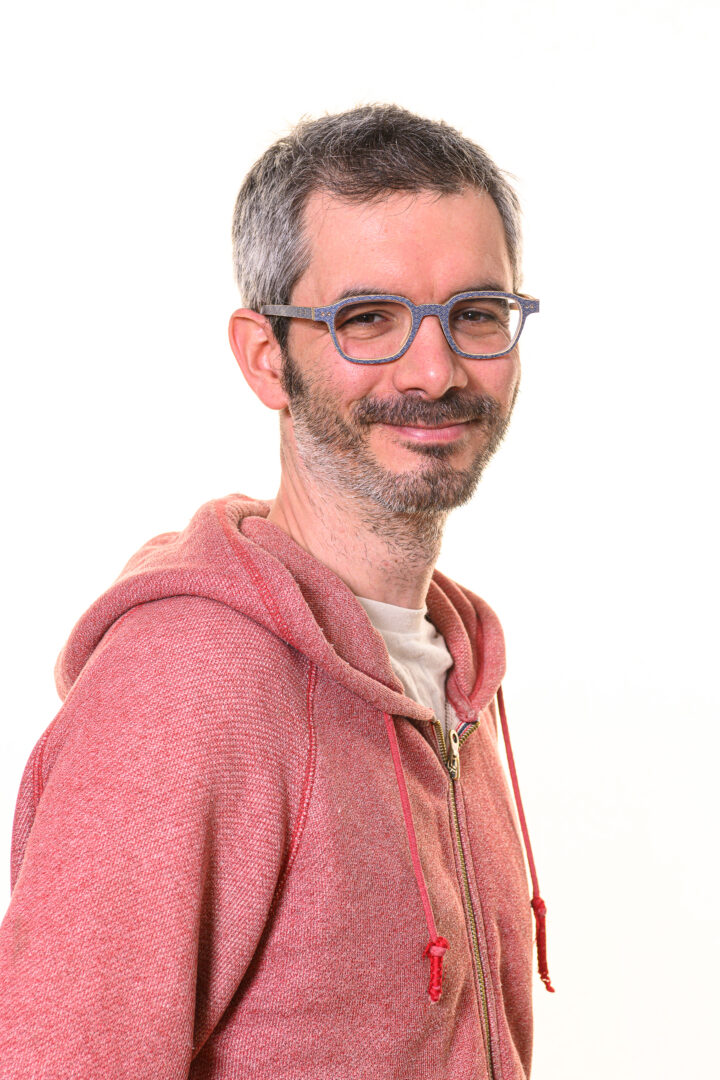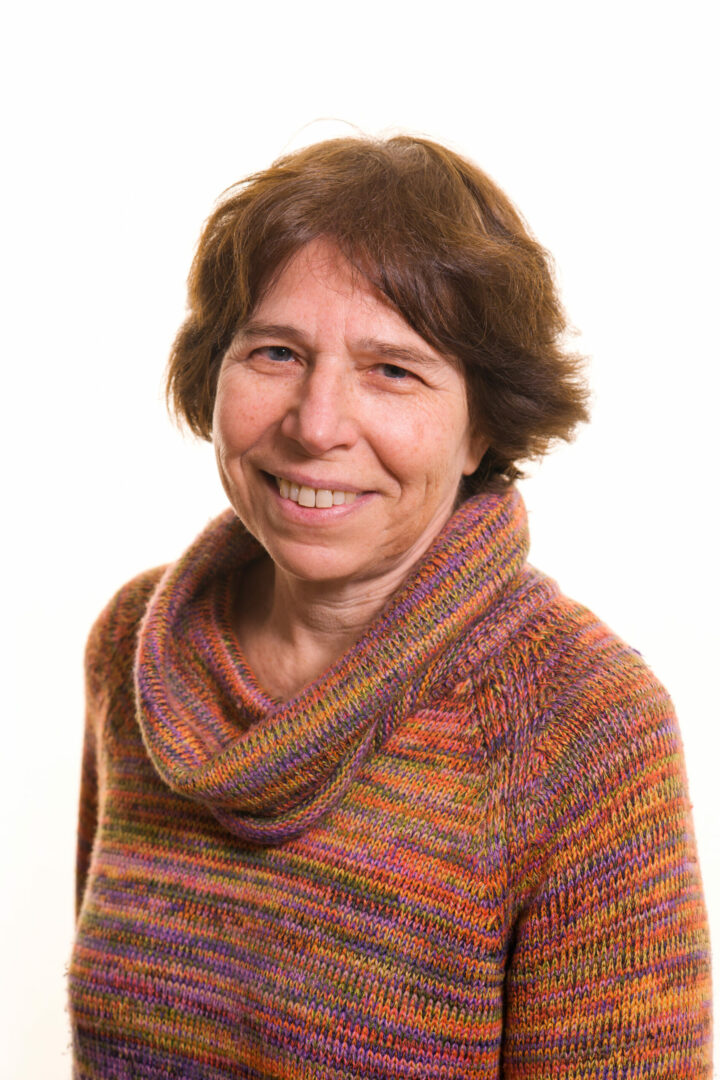Description
The surface of our planet has changed dramatically since the formation of its primitive atmosphere roughly 4.5 billion years ago. This evolution has operated under the combined action of tectonic forcings, mantle degassing, biological activity and evolution, and geochemical cycling. The evolution of the chemical composition of the ocean-atmosphere system is intimately linked to the evolution of Earth’s climate, notably through the greenhouse effect.
Studies of the environment, biogeochemical cycles, and their role in controlling the composition of the ocean-atmosphere system are crucial and urgent, especially as humanity is faced with numerous environmental threats including global warming, dwindling biodiversity, and air and water pollution. While the IPCC (Intergovernmental Panel on Climate Change) and IPBES (Intergovernmental Science-Policy Platform on Biodiversity and Ecosystem Services) sound the alarm that humanity, or more precisely industrialised society, is endangering the habitability of our planet, the projects performed in the theme “CYCLes, Atmosphere, climate” (CYCLA) aim to:
(i) quantify the impact of human activities on surface environments (critical zone, atmosphere, rivers, cryosphere) and modern natural cycles;
(ii) develop new approaches to constrain the evolution of the carbon cycle, the cryosphere, and the climate since the Neogene, and;
(iii) characterise the evolution of surface environments, notably the ocean-atmosphere system over geological history.In line with the heritage of the theme and in accord with the philosophy and recommendations of INSU, CYCLA examines processes and objects without temporal constraints, e. from the present day to the Archean.

CYCLA researchers are interested in the long-term compositional evolution of the ocean-atmosphere system (from the Archean to present day), and the ancient and modern cycles of carbon and associated elements like magnesium, sulfur, or calcium. From glaciers to Archean terrains, by studying samples from rivers, IODP drill cores, pollens, or “pétanque” balls, and by using isotopes and other geochemical tools, we strive to define what controls the climate and the environment over different timescales, i.e. from the early Earth to the last deglaciation and whether concerning the extinction of the dinosaurs or confronting today’s challenges.
To these ends, much of our research focuses on the role of erosion and the alteration of mountain ranges, notably the Himalaya, in the cycles of carbon and other elements. To study more recent climatic variations, we study mountain glaciers, which provide indispensable information on the evolution of continental climates. Finally, CYCLA is also interested in the numerous aspects of humanity’s influence on the environment and elemental cycles via pollution, notably linked to metals. Works by CYCLA members are part of numerous collaborations within OTELo or other laboratories, both in France and abroad.
LIFE IN THE THEME
CURRENT THESES
Gabriel Fénisse – Direction David Bekaert, Pierre-Henri Blard, Aurélien Quiquet (LSCE)
Blandine Godet – Direction Pierre-Henri Blard, Guillaume Suan (LGL-TPE), Baptiste Suchéras-Marx (CEREGE)
Junfei Chen – Direction : Albert Galy
Master theses
Groundwater sensitivity to global climate variations : the case of Lorraine (France) and Central/Western Europe (2025). Lucas Oger. Encadrement : David Bekaert.
DEFENDED THESES
Ayoub Khelili
(2024) – Combinaison de traceurs géochimiques pour reconstruire les
trajectoires de contaminants dans un bassin versant anthropisé.
Aswin Tachambalath (2024) – Erosion, Alteration and Paleo-weathering in the Himalaya
Arbia Jouini (2023) – Perturbations du cycle du soufre et du calcium à
la limite Crétacé-Paléogène (actuellement ingénieur de recherche au
LOV)
Xiaobai Ruan (2023) – Geochemistry in weathering reaction associated to bedrock landslides in SE Tibet
Imene Bedja (2021) – Étude isotopique du cycle biogéochimique du magnésium à haute précision : Impact de la biologie terrestre
Nina Bothamy (2020) – Fractionnement anthropique et naturel des isotopes stables du néodyme (Nd) dans l’environnement
MAJOR PROJECTS
ERC Green2ICE (PI : Pierre-Henri Blard)
Beyond Epica (co-PI: Pierre-Henri Blard)
ANR Gi-NOAH (Porteur : Albert Galy)
ANR Himalfan (Porteur : Christian France-Lanord)
ANR INTOC (Porteuse : Laurie Reisberg)
ANR HUNIWERS (co-porteur CRPG: Guillaume Paris)
PUBLIC OUTREACH
Table ronde “Dessine moi une chercheuse“, Essey-lès-Nancy, 06/03/2025
Fossiles, Exhibit at the Musée Aquarium de Nancy, 27/11/2024-23/03/2025
L’eau et la vie sur Terre, des origines liées, 28e International Wildlife and Nature Photo Festival of Montier-en-Der
Soirée hommage à Claude Lorius – Manufacture, Nancy, 20/06/2023
Science en fête : le cycle du carbone – 24 février 2022 à Vandoeuvre-lès-Nancy
Public Outreach Articles – The Conversation
Articles by theme researchers in The Conversation:
- Nous voulons tout savoir sur les dinosaures (publié le 20/02/2019)
- CO₂ levels and climate change: is there really a controversy? (publié le 02/07/2019)
- How humans derailed the Earth’s climate in just 160 years (publié le 10/06/2019)
- L’acidification des océans, l’autre danger du CO₂ (publié le 07/06/2019)
- Le CO₂, une histoire au long cours chamboulée par les sociétés industrielles (publié le 29/02/2019)
- Why is there water on Earth? (publié 11/02/2021)
- Why is the Earth blue? (publié 03/02/2021)
- Pourquoi y a-t-il de l’eau sur Terre ? (publié le 18/10/2020)
- La Terre a-t-elle toujours été bleue ? (publié le 18/10/2020)
- Maël : “Comment se sont formés les océans ?” (publié le 09/03/2021)
- Elie : “Pourquoi la mer les océans sont-ils salées ?” (publié le 20/04/2021)
- Heurs et malheurs de la couche d’ozone à travers son histoire (publié le 11/01/2023)
- Pourquoi l’eau des rivières et des lacs n’est pas salée ? (publié le 3/10/2023)
-
Faiseur de nuages, d’années sans été, de pluies acides : comment le soufre impacte l’environnement (publié le 12/09/2024)
Coffee Talks (Cafés CYCLA)
Future talks:
Past talks:
| Date et heure | Description |
|---|---|
|
21 March 2023 13:30 |
Blandine Godet (CRPG) Réponse de la biocalcification pélagique aux événements hyperthermiques du Paléocène et Eocène : apports de la biométrie et morphométrie de nannofossiles calcaires Plus important réchauffement du Cénozoïque, le Maximum Thermique du Paléocène-Eocène Composants majeurs des carbonates pélagiques, ils sont de précieux proxys paléoclimatiques et paléo océanographiques puisqu’ils enregistrent notamment les variations de température et concentration en sels nutritifs des eaux océaniques de surface via leur morphologie. Une étude de la biométrie/morphométrie de Discoaster multiradiatus group, taxon caractéristique du Paléogène, a été réalisée dans des échantillons du site ODP 1209 (Pacifique nord) couvrant la transition Paleocène-Eocène afin de déterminer l’impact des événements hyperthermiques, dont le PETM, sur ses variations de taille et de morphologie. Pour cela, le diamètre et le nombre de branches ont été mesurés au MEB puis traités via des analyses statistiques et probabiliste (analyse bayésienne). Des variations de taille et de morphologie lors d’événements hyperthermiques ainsi qu’une tendance générale à la diminution du nombre de branches du Paléocène vers l’Eocène ont pu être mises en avant. Cependant, les individus observés sont caractérisés par une préservation variable du fait de la diagenèse et présentent des figures de dissolution et de recristallisation, altérant le signal climatique primaire. Afin de quantifier la part de calcification observée sur les nannofossiles attribuable aux processus diagénétiques, une diagenèse expérimentale a été réalisée sur le modèle de l’étude d’Adelseck et al. (1973). Pour cela, les impacts de la pression et de la température ont été testés indépendamment sur des échantillons du Paléocène-Eocène (site ODP 1209) et un échantillon du Pliocène (Trubi, Sicile). Le diamètre des individus ainsi que le nombre, l’épaisseur et la largeur des branches des nannofossiles ont été mesurés au MEB. L’expérimentation indique une recristallisation, de type calcite non-automorphe, dépendant de la pression et de la température mais aussi de la morphologie des individus n’impactant ni le diamètre ni le nombre de branches. Ces paramètres peuvent ainsi être considérés pour des reconstitutions paléoenvironnementales, puisqu’ils ne sont pas altérés lors de la diagenèse. |
| Date et heure | Description |
|---|---|
|
7 February 2023 14:00 |
Sylvain Pichat (LGLTPE – Max Planck Institute for Chemistry) Reconstruction des déplacements méridiens des vents d’ouest au-dessus de l’océan Atlantique austral au Quaternaire :
Dans l’océan Atlantique austral, la position méridienne et l’intensité des vents d’ouest (“South Westerlies”) contrôlent 1) la stratification verticale de l’océan et 2) les apports de fer, micronutriment limitant la productivité biologique au nord du front polaire. Le premier facteur influence la remontée de CO2 des eaux profondes et son relargage dans l’atmosphère. Le second régule la pompe des tissus mous qui soustrait du CO2 de l’atmosphère. Lors du Quaternaire, 40 à 50% des variations glaciaires/interglaciaires de la pression atmosphérique de CO2 (pCO2) pourraient être expliquées par un changement de position et d’intensité des South Westerlies. Cependant, la temporalité et l’amplitude des déplacements méridiens de ces vents restent largement débattues. Reconstruire l’origine des poussières est l’un des rares moyen de suivre l’évolution les circulations atmosphériques dans le passé. Dans le cadre d’une collaboration internationale, nous avons étudié deux carottes sédimentaires de l’océan Atlantique austral : ODP1090 (42°55’S, 8°54’E, 3702m) et MD07-3076Q (44°9’S, 14°14’W, 3770m) afin de reconstruire les circulations atmosphériques à l’échelle glaciaire/interglaciaire et lors d’événements abrupts, comme le Maximum Isotopique Antarctique 8 (AIM 8). Nous utilisons les isotopes radiogéniques du Pb, Sr et Nd dans la fraction détritique fine du sédiment comme proxy de la provenance des poussières. A l’échelle glaciaire/interglaciaire, nous montrons que les compositions isotopiques varient avec le flux de poussières. Cette observation indique un changement de la contribution relative des sources de poussières qui se déposent en Atlantique austral. Nous montrons que, lors des périodes froides, la Patagonie contribue jusqu’à 75% du flux de poussière. Lors des périodes chaudes (LGM, MIS 5), ce flux est constitué entre 40 et 70% de matériel issu du haut plateau du Puna (Argentine). Ces variations permettent de confirmer le déplacement vers le nord des “South Westerlies” lors des périodes froides suggéré par des approches indirectes sur la fertilisation ou la stratification des océans. Durant l’événement abrupt de l’AIM8, une troisième source contribue aux apports de poussières : les hauts plateaux de l’ouest de l’Argentine, au sud de la région du Puna. Ces résultats indiquent que les “South Westerlies” migrent vers le sud par rapport à leur position glaciaire ou froide. Ce déplacement induit une diminution des apports de fer au nord du front polaire qui réduit l’activité de la pompe des tissus mous, ainsi qu’une diminution de la stratification verticale de l’océan austral, ce qui intensifie le rejet de CO2 stocké dans l’océan profond vers l’atmosphère. Ces phénomènes peuvent expliquer l’augmentation de la pCO2 de ca. 30 ppmv durant les Maximums Isotopiques Antarctiques. |
| Date et heure | Description |
|---|---|
|
24 January 2023 13:00 |
Erica Erlanger (CRPG/GFZ) Lithology and Tectonics: Building the inorganic carbon budget of a young mountain range Erica Erlanger, Aaron Bufe, Guillaume Paris, Ilenia D’Angeli, Luca Pisani, Preston Kemeny, Jessica Stammeier, Negar Haghipour, Niels Hovius Résumé: Mountain building has classically been linked with CO2 drawdown from chemical weathering of silicate minerals in the critical zone, although recent views on mountain building recognize the importance of rock-derived CO2 emissions from the weathering of petrogenic organic carbon and inorganic carbonate. However, the focus on near-surface weathering reactions within the orogenic carbon factory does not consider the emission of metamorphic CO2 from subduction processes in the deep crust and mantle. Such deep carbon sources could dwarf the surficial drawdown and release of carbon, in particular in actively extending mountain ranges that subduct large volumes of carbonate rock. Thus, accounting for weathering processes at depth and in the critical zone in parallel is crucial to fully assess how mountain-range uplift impacts the carbon cycle. Here, we quantify the exchange of CO2 between rock and the atmosphere from subduction-related processes and from critical zone weathering reactions in two major river systems in the central Apennine Mountains of Italy. The catchments straddle a geodynamic gradient across the subduction zone that is expressed as changes in surface heat flow and crustal thickness, whereas climatic boundary conditions are relatively constant. At the regional scale, we find that metamorphic CO2 sources outpace critical zone inorganic carbon sources and sinks by 2 orders of magnitude above a window in the subducting slab that is characterized by high heat flow and low crustal thickness, and could have driven efficient degassing over the last 2 Ma. In contrast, surficial weathering processes dominate the carbon budget where crustal thickness is greater and heat flow is lower. Importantly, the difference in metamorphic degassing fluxes across the geodynamic gradient is multiple orders of magnitude larger than the difference in critical zone weathering fluxes. Thus, modulations of metamorphic decarbonation reactions are the most efficient process by which tectonics can regulate the inorganic carbon cycle in the Apennines. Both near-surface and deep sources of CO2 must be considered when constructing the carbon budget of orogenic systems that include the subduction of carbonate rock. |
MEMBERS
Researchers
POST-DOCTORATE FELLOWS
PHD STUDENTS
RECENT PUBLICATIONS BY THEME RESEARCHERS
Are marl-limestone alternations mainly driven by CaCO
3
variations at the astronomical timescale? New insights from extraterrestrial
3
He
Blard, P.H.; Suchéras-Marx, B.; Suan, G.; Godet, B.; Tibari, B.; Dutilleul, J.; Mezine, T.; Adatte, T. Earth and Palnetary Science Letters, 2023, 614, 118173
Assessing the deep carbon release in an active volcanic field using hydrochemistry, δ13CDIC and Δ14CDIC
Zhong, J.; Wang, L.; Caracausi, A.; Galy, A.; Li, S.L.; Wang, W.; Zhang, M.; Liu, C.Q.; Liu, G.M.; Xu, S. JGR Biogeosciences, 2023, 128, 4,e2023JG007435
Terrestrial amplification of past, present, and future climate change
Seltzer, A.M.; Blard, P.H.; Sherwood, S.C.; Kageyama, M. Science Advances, 2023, 9, eadf8119
Seasonal Mg isotopic variation in the middle Yellow River: Sources and fractionation
Gou, L.F.; Jin, Z.D.; Galy, A.; Xu, Y.; Xiao, J.; Yang, Y.; Bouchez, J.; von Strandmann, P.A.E.P.; Jin, C.Y.; Yang, S.; Zhao, Z.Q. Chemical Geology, 2023, 619, 121314
Data report: major and trace element composition of silicates and carbonates from Bengal Fan sediments, IODP Expedition 354
Tachambalath, A.P.; France-Lanord, C.; Galy, A.; Rigaudier, T.; Charreau, J. Proceedings of the International Ocean Discovery Program, 2023, 354
Lead from Notre-Dame fire plume caught 15 km from Paris
Le Roux, G.; Masson, O.; Cloquet, C.; Tavella, M.J.; Beguin-Leprieur, M.; Saunier, O.; Baqué, D.; Camboulive, T.; Berger, J.; Aigouy, T.; Maube, F.; Baron, S.; Ayrault, S.; L’Héritier, M. ACS Earth and Space Chemistry, 2023, 7, 310-314
Unravelling biotic versus abiotic processes in the development of large sulfuric-acid karsts
Laurent, D.; Barré, G.; Durlet, C.; Cartigny, P.; Carpentier, C.; Paris, G.; Collon, P.; Pironon, J.; Gaucher, E.C. Geology, 2023
Sulfur-isotope anomalies recorded in Antarctic ice cores as a potential proxy for tracing past ozone layer depletion events
Dasari, S.; Paris, G.; Charreau, J.; Savarino, J. PNAS Nexus, 2022, 1, 1-9
Zoisite in cratonic eclogite xenoliths – Implications for water in the upper mantle
Radu, I.B.; Moine, B.N.; Bolfan-Casanova, N.; Ionov, D.A.; Devidal, J.L.; Deloule, E.; Korsakov, A.V.; Golovin, A.V.; Oleinikov, O.B.; Cottin, J.Y. Lithos, 2022, 418-419, 106681
Radon signature of CO2 flux constrains the depth of degassing: Furnas volcano (Azores, Portugal) versus Syabru‑Bensi (Nepal Himalayas)
Girault, F.; Viveiros, F.; Silva, C.; Thapa, S.; Pacheco, J.E.; Adhikari, L.B.; Bhattarai, M.; Koirala, B.P.; Agrinier, P.; France-Lanord, C.; Zanon, V.; Vandemeulebrouck, J.; Byrdina, S.; Perrier, F. Scientific Reports, 2022, 12, 10837








